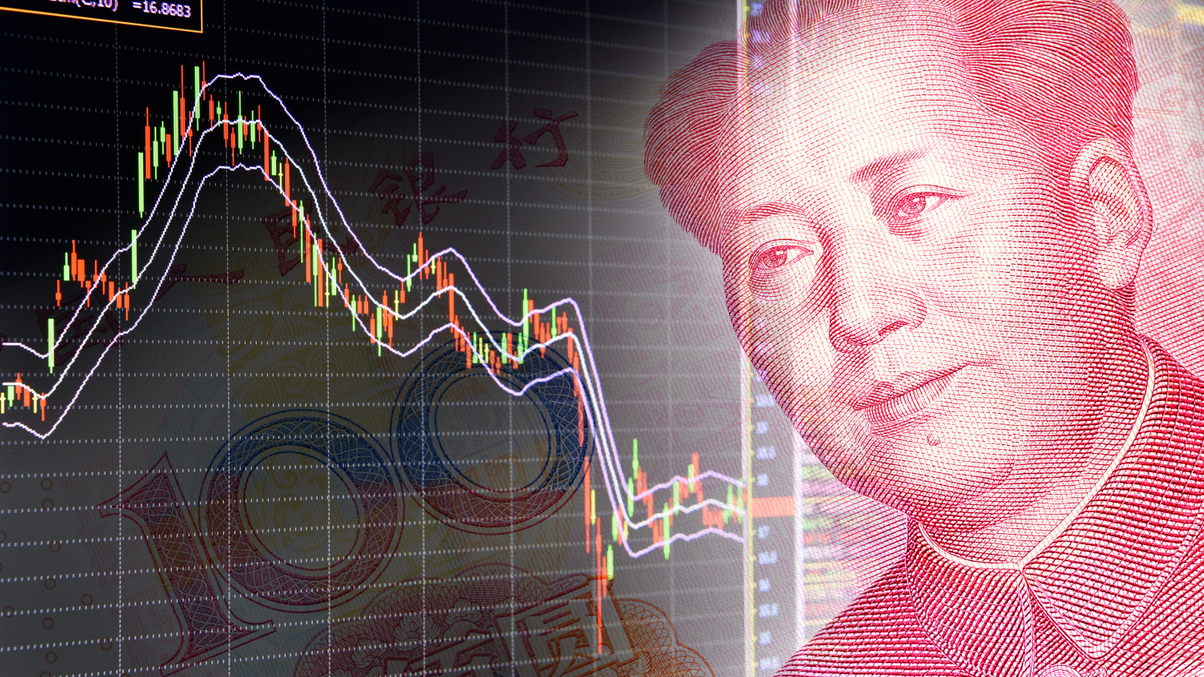China's structured fund losses mount amid market crash
Mounting losses in China's risky structured funds have highlighted the impact the A-share crash has had on investors. China's central bank last night cut interest rates and the reserve requirement ratio.

China’s structured funds saga has continued to deteriorate over the last two days amid the onshore market meltdown, sparking fears of more defaults.
Sign In to Your Account
Access Exclusive AsianInvestor Content!
Please sign in to your subscription to unlock full access to our premium AI resources.
Free Registration & 7-Day Trial
Register now to enjoy a 7-day free trial—no registration fees required. Click the link to get started.
Note: This free trial is a one-time offer.
¬ Haymarket Media Limited. All rights reserved.


